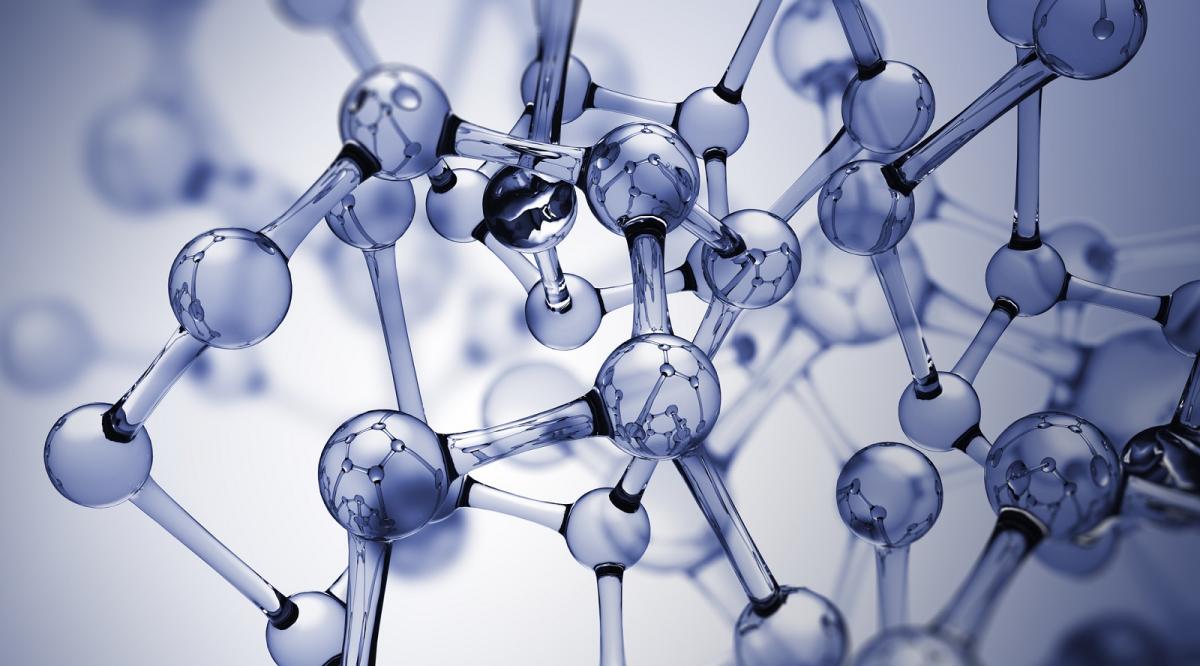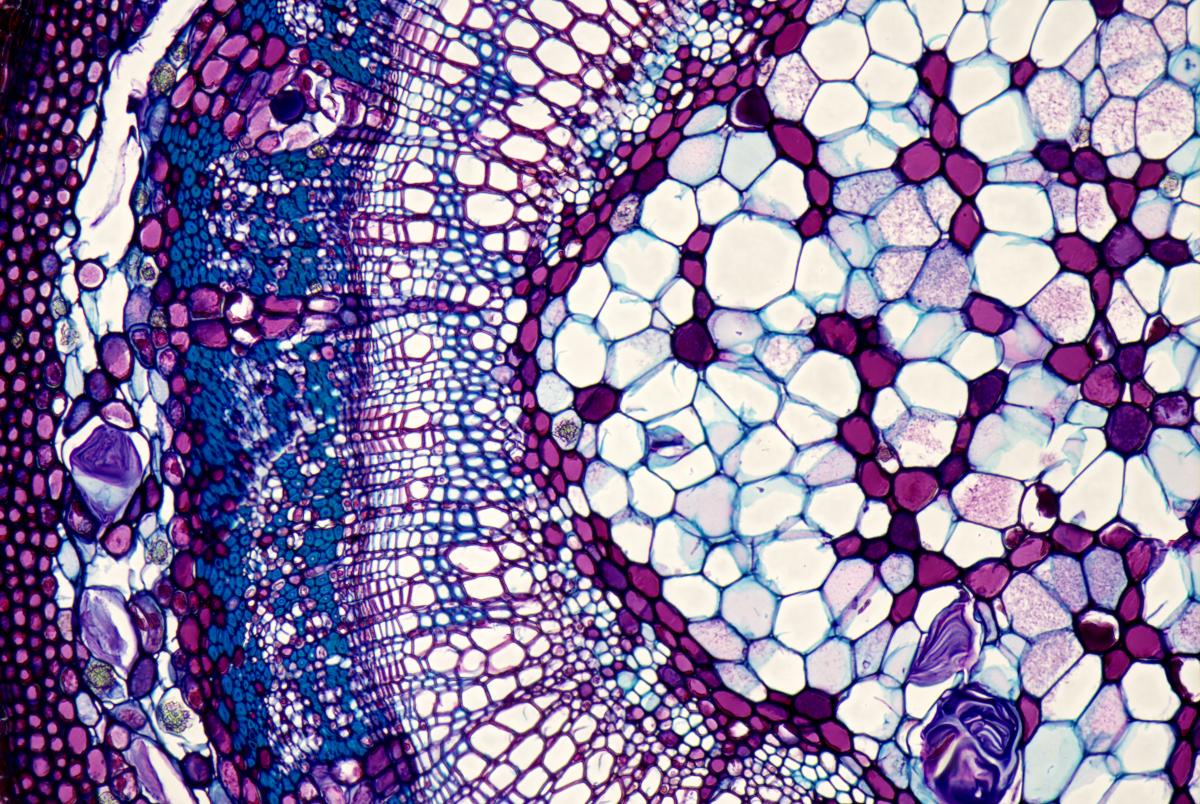Applications
 Part of the Oxford Instruments Group
Part of the Oxford Instruments Group
Expand
Collapse
Optical responses of condensed matters in cryogenic environment constitute important topics in experimental and engineering studies – the signal responses become more evident and physical process purer at low temperature, and the evolution against temperature reveals important physics. Our SpectromagPT facilitates a broad range of spectroscopic applications for advancing the fields of materials science and condensed matter physics.
Raman Scattering or the Raman effect is the inelastic scattering of a photon by molecules which are excited to higher vibrational or rotational energy levels. It is used to analyse a wide range of materials, including gases, liquids, and solids. Highly complex materials such as biological organisms and human tissue can also be analysed by Raman spectroscopy.


Photoluminescence (PL) is commonly used for investigating semiconductors that can be studied at room temperature. At low temperatures, spectral lines are sharper and more intense, revealing more structure. Also excitations normally masked by the high thermal phonon background at room temperature become observable at low temperatures.
Micro-photoluminescence or Micro-PL spectroscopy is a powerful tool for investigating the optical and electronic properties of single nanostructures.
Ultraviolet–visible spectroscopy or UV/VIS refers to absorption spectroscopy or reflectance spectroscopy in the ultraviolet-visible spectral region. It is routinely used in material science and analytical chemistry, commonly carried out in gas, solutions or vacuum environment.


Infrared and Terahertz spectroscopy is widely used for polymer research, inorganic chemistry, pharma or drug related research, solid state and semiconductor physics. The combination of these techniques, particularly FTIR and THz spectroscopy can provide a great insight into sample properties.
Fluorescence spectroscopy is a type of electromagnetic spectroscopy that analyses fluorescence from a sample. It is used in Physics, biochemical, medical, and chemical research fields for analysing organic compounds. It has also been used in differentiating malignant skin tumors from benign.


Optical microscopy involves the diffraction, reflection, or refraction of electromagnetic radiation/electron beams interacting with the specimen, and the collection of the scattered radiation or another signal in order to create an image. This process may be carried out by wide-field irradiation of the sample (e.g. standard light microscopy and transmission electron microscopy) or by scanning a fine beam over the sample (e.g. confocal laser scanning microscopy and scanning electron microscopy).